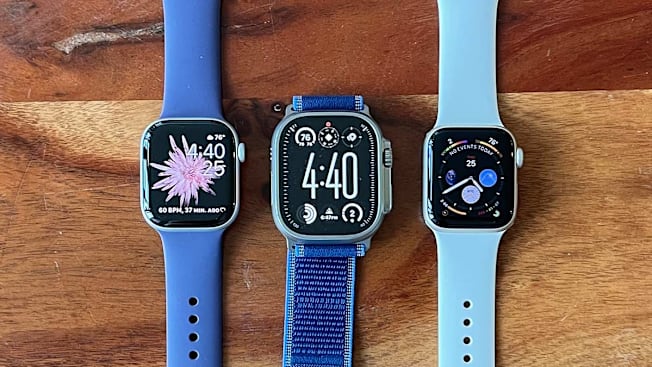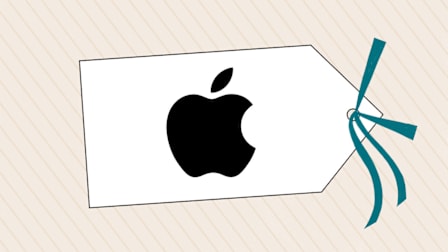The $250 Apple Watch SE 3 Is the Most Capable SE Ever
We tried all three new Apple Watches, and the less expensive SE 3 no longer feels like a budget buy
When you shop through retailer links on our site, we may earn affiliate commissions. 100% of the fees we collect are used to support our nonprofit mission. Learn more.

This is the year that Apple beefed up budget models for some of its products, and the Apple Watch lineup is no exception. Just as the standard iPhone 17 received several previously Pro-only features, Apple narrowed the gap between its less expensive Apple Watch SE 3 and its latest Series 11 midtier smartwatch.
And that’s great news. If you’re buying your first Apple Watch or you’re in the market for an upgrade, you can now save a lot of money and get almost as much performance.





























